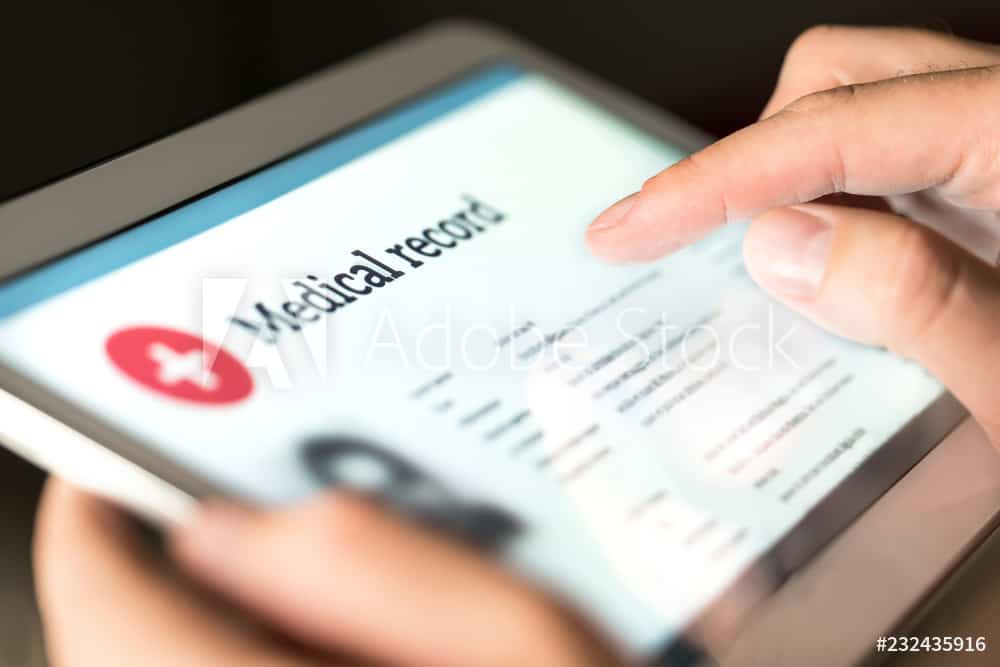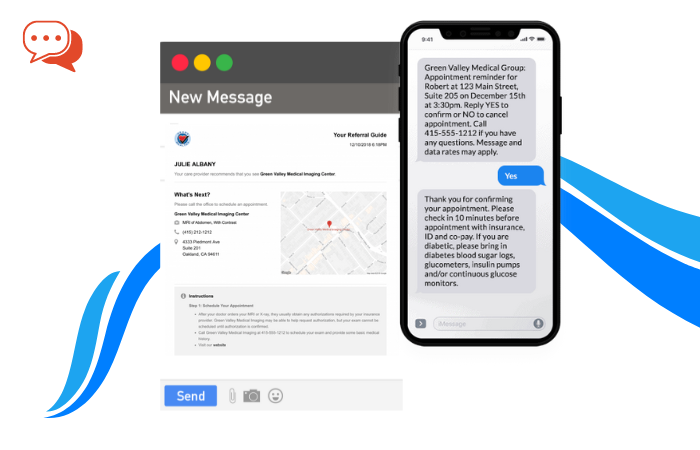 You might have noticed at your last doctor’s appointment that the nurse and doctor took a seat in front of a computer when they entered the exam room. Although some people might miss the days of a doctor taking notes on paper while they examined you, the era of paperless healthcare has arrived and is in full force. Electronic health records are now standard in almost all doctor’s offices and hospitals across the country, helping to streamline the exchange of information and referring patients a much easier task.
You might have noticed at your last doctor’s appointment that the nurse and doctor took a seat in front of a computer when they entered the exam room. Although some people might miss the days of a doctor taking notes on paper while they examined you, the era of paperless healthcare has arrived and is in full force. Electronic health records are now standard in almost all doctor’s offices and hospitals across the country, helping to streamline the exchange of information and referring patients a much easier task.
Benefits
There are multiple reasons people choose to switch to electronic records for their medical document management. One reason it can be a tempting option is that electronic records can provide more accurate information and are more easily kept up to date. Having more detailed notes can help a doctor make safe choices for their patients and be reminded about any underlying conditions or medications the patient is taking that might interfere with their proposed treatment. It also makes it easier for a doctor to send a prescription directly to their patient’s pharmacy so the patient does not have to bring it in themselves. Electronic records even eliminate the possibility of notes or information being illegible to others.
Efficiency
Electronic charts are also more efficient than paper records. Having all the information you need in a database can reduce the likelihood you will have to go searching for a paper record. It also increases the amount of information you can include in a person’s file by including more evaluation sections and options to add notes. The benefits are not all for the doctors, though, the patient also experiences more efficiency with electronic records. Doctors can note what tests have been ordered and store the results in an electronic chart, so a patient would not have to redo a test if a new doctor was unaware they already had results. Finally, coordinating information between multiple doctors is much easier when it can be done electronically and they do not have to wait on documents to be mailed.
More Information
By having access to a person’s entire medical history in one location, a doctor has a better picture of the person’s overall health. Electronic records can allow them to see data from years past, graphs of past information such as weight, blood pressure, cholesterol, and heart rhythm, and produce a more comprehensive picture of the person’s health. This capability means doctors can better manage a person’s chronic illness or pain by seeing what has been tried in the past and if their levels have increased, decreased, or stayed the same. Electronic systems can even alert doctors as to when an annual test or goal is overdue and give them the option to schedule it when their patient is in the office.
Communication
Working from one central database for patient care can greatly improve communication between doctors and their staff. The nurses and administrative staff are able to see all of the notes and records on any patient at any given time. This means if someone needs emergency care and the doctor is out of the office, another member of their staff could quickly update themselves on the patient and provide informed care. It also serves a place where a doctor can log their requests, so staff members can refer to notes instead of relying solely on verbal communication.
Electronic records seem to be the way of the future for medical offices and medical records. This switch comes with a number of benefits for providers and patients alike, as well as streamlining a previously complex system.










